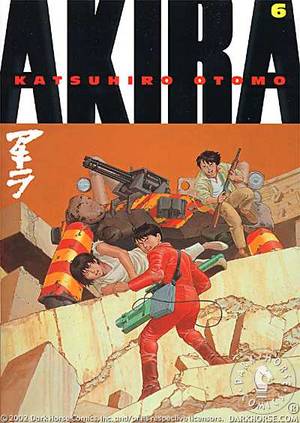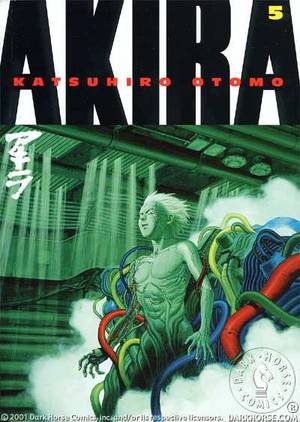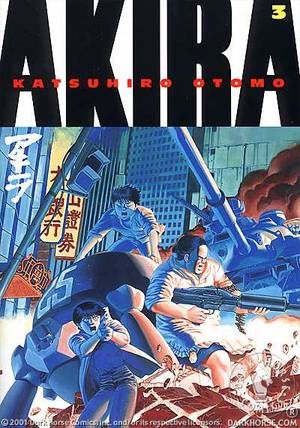
DMZ Vol. 2 - Body of a Journalist
By Brian Wood, Riccardo Burchielli
Though still not living up to the promise of the premise, Volume 2 of the Brian Wood/Riccardo Burchielli Vertigo series DMZ is a step up from the first, offering a clearer focus, better stories and a stronger exploration of the series’ cool hook.
But I’m not yet totally sold. I still can’t help but feel that Wood & Co aren’t quite there. The characters are shallower than an inflatable kiddie pool – I’ve spent 12 issues with Matty Roth and Zee, and feel like I barely know them – and the dialogue lacks life and punch. Matty is frustrated with the war, but I don’t feel any real humanity or emotion there, just F bombs. Our window into who these people are is a string of profanities without character or personality. Sorry, but “fuck!” and “aww fuck!” and “fuck this shit!” does not make for good characterization. Fine if you’re playing a Grand Theft Auto game, not so fine if you’re reading a work that attempts to say something larger than, “Fuck!”
Speaking of that profanity, it struck me while reading this volume that the profanity and occasional graphic violence is the only reason this is a Vertigo title – and neither are necessarily vital to the story. Well, the graphic violence is, arguably, but that’s assuming Wood wants to highlight the plight of civilians caught in the hell of war. Ostensibly that’s what he wants to do, but that rarely comes across in the story. When it does, great, but things are spotty in that regard. Wood needs to give his world room to breath. The segments that feature Matty’s first person narration or the newsreel segments are all too brief, because they are exactly what we need. They strike a great tone and give us the insight into the world and characters of DMZ. They set mood and atmosphere, offer context, and get us into the heads of the people in the story. We need MORE of that! As for the profanity, I feel like it’s there for its own sake. Unlike the incredibly witty-yet-profane dialogue of Brian K. Vaughn’s Y: The Last Man or the character-heavy-yet-profane language of Brian Azzarello’s 100 Bullets, the F bombs add very little to this book.
Hey, great, it’s Vertigo, which means you can get away with this stuff ... but if it’s not adding anything to the characters or story, drop it.
And it’s not adding anything to the characters or story.
Still, if I’m bitching, don’t let that be an indication that I didn’t enjoy this. I did. The second volume of DMZ was a big step up from the first. There is a good story arc here centering on corruption, propaganda, and manipulating the media to influence public opinion. Some very solid themes that could have used more exploitation, but nonetheless were enjoyable to read. We’ve got some new characters, political intrigue, betrayals and double-crossings, and the sense that something larger is at work. We're starting to tap into the series’ potential.
I like that. I like that especially because I hate to see great potential go to waste.
An earlier version of this review was originally posted at IMWAN.com and was also featured at Popthought.com.
Read my regular, everything-and-anything (usually on writing and music) blog right over here.











